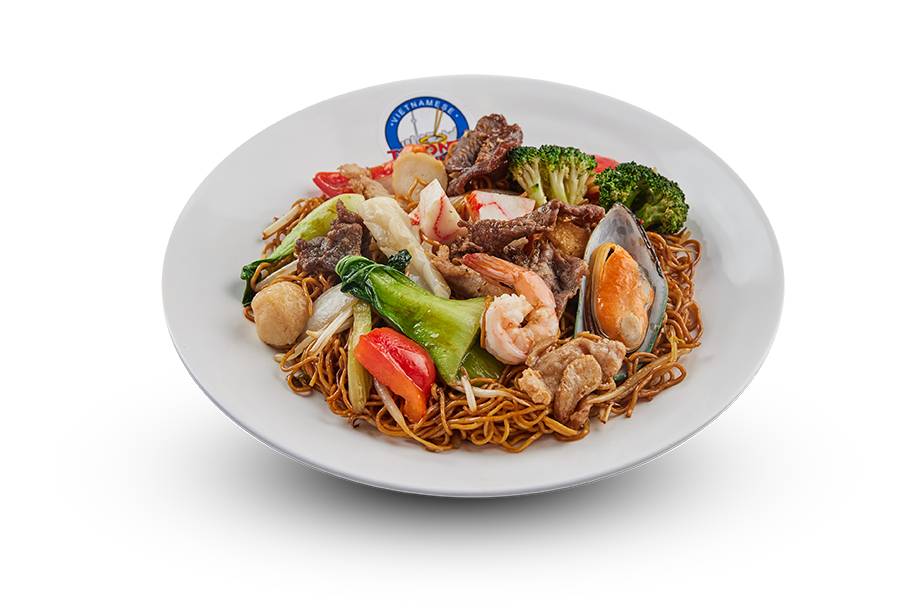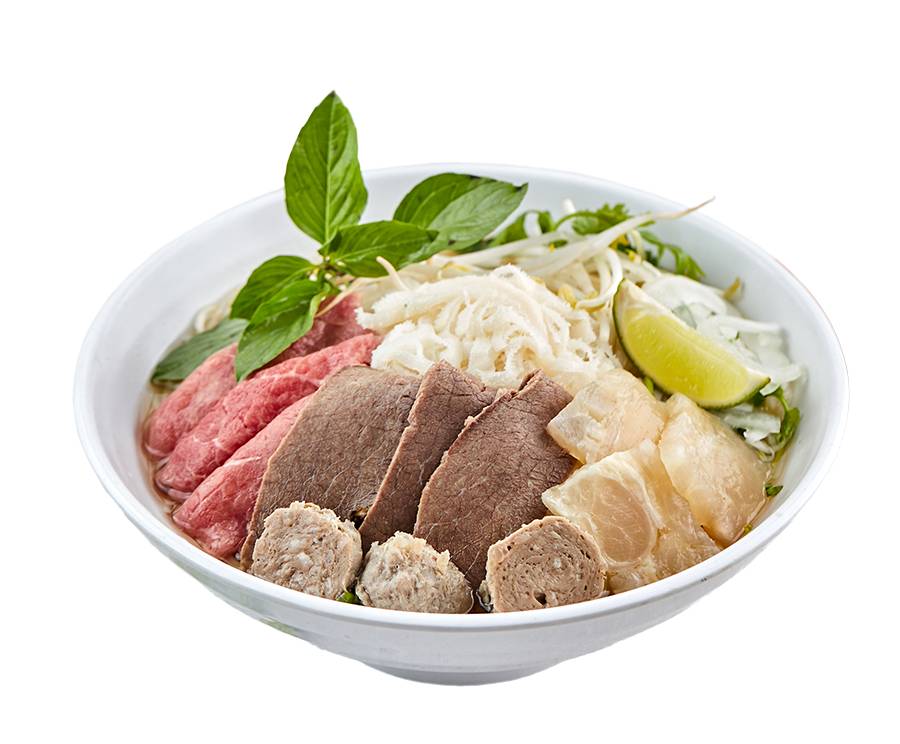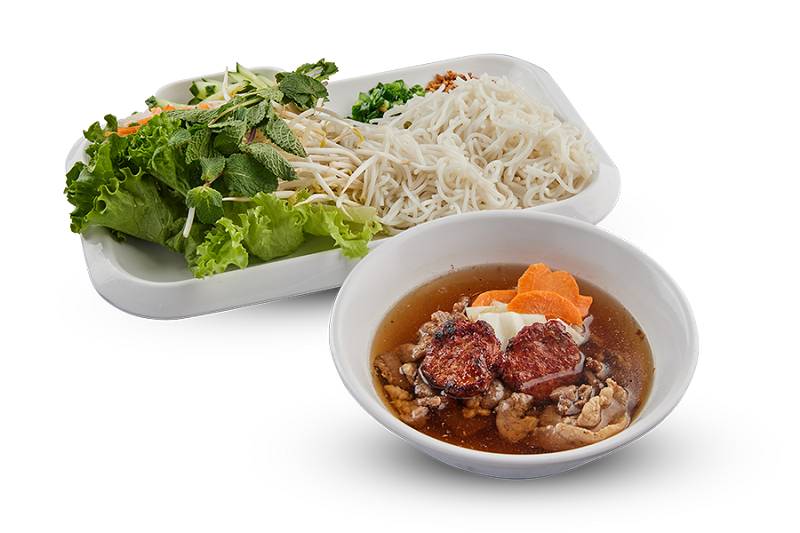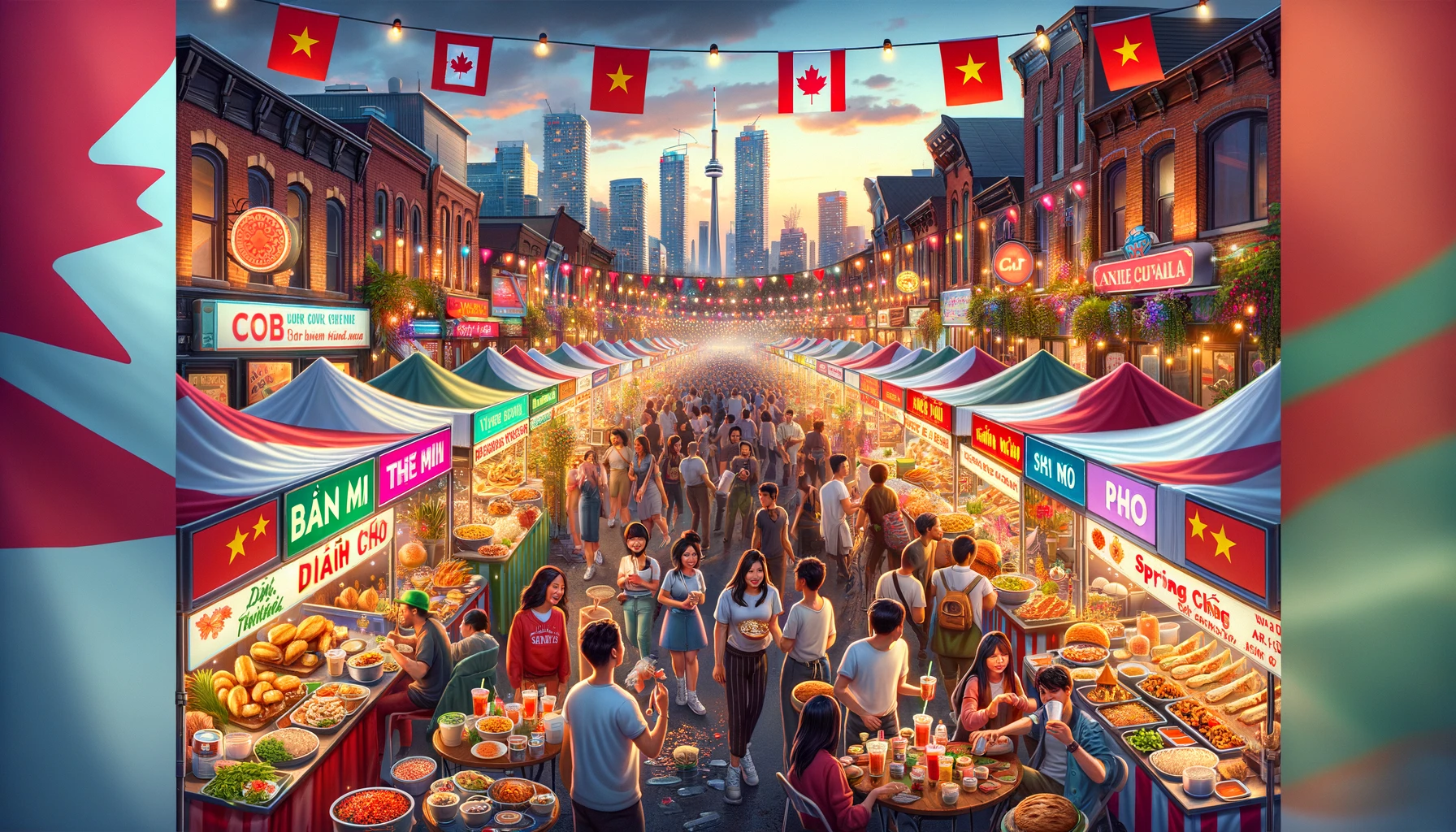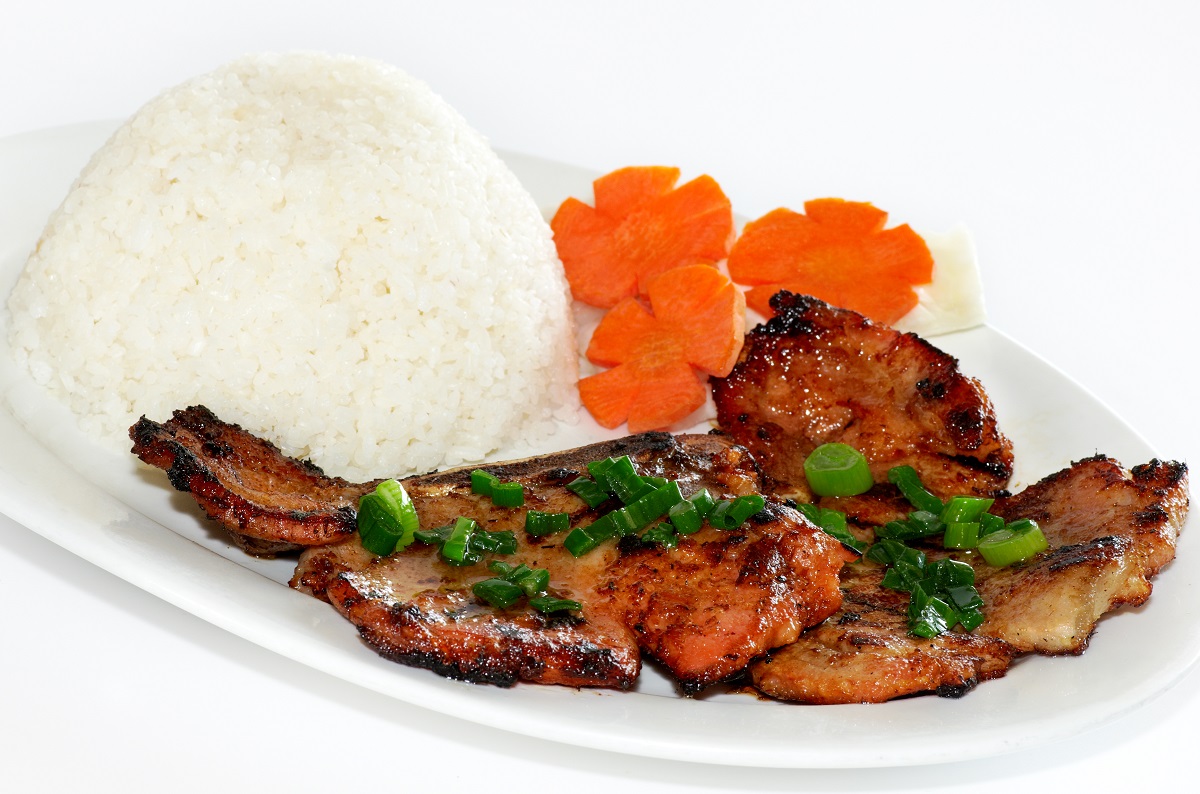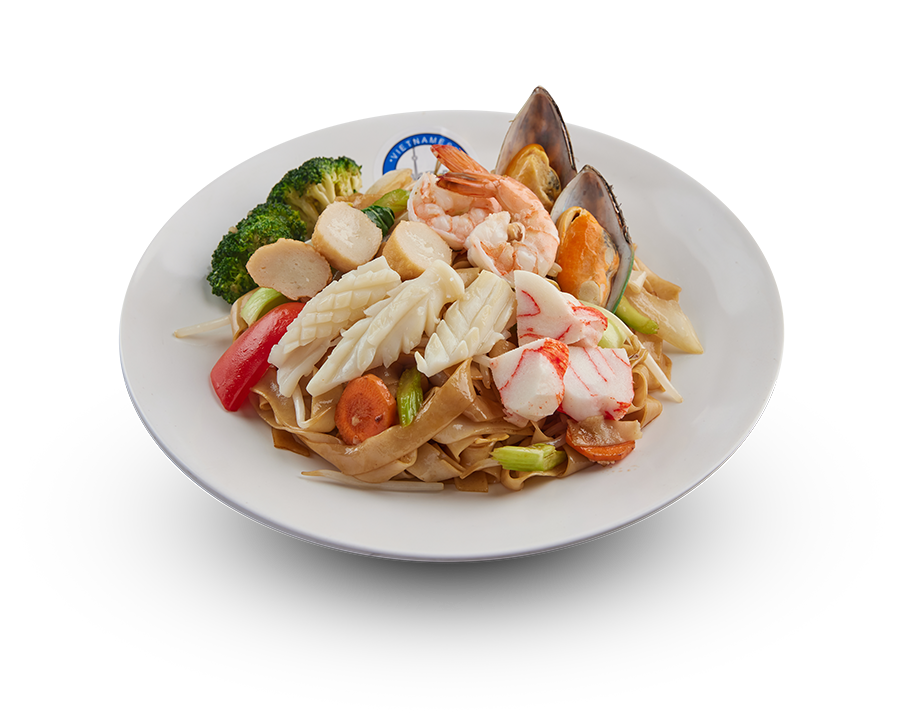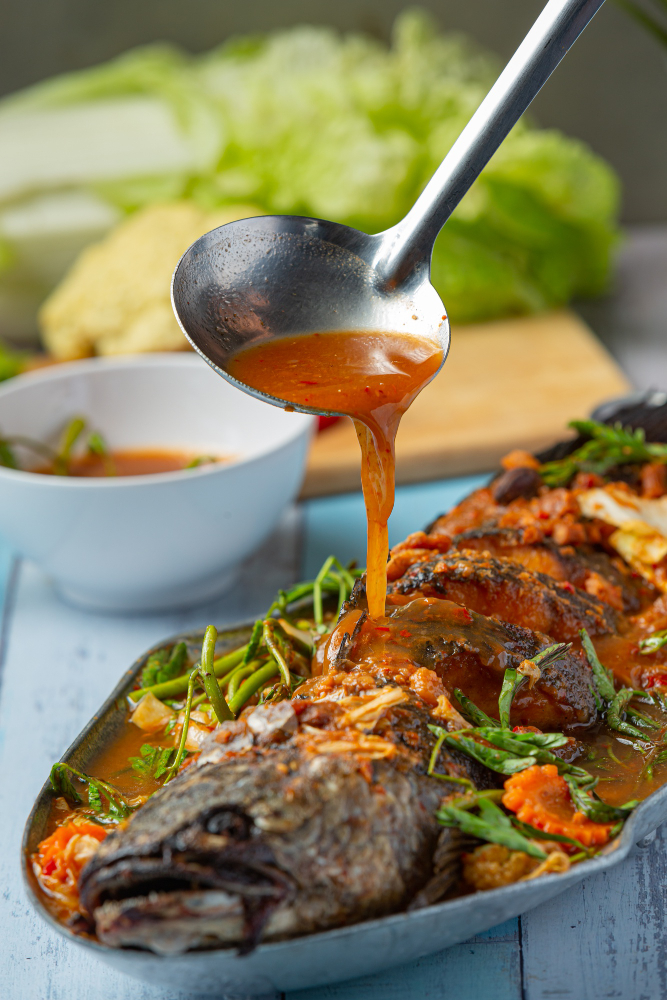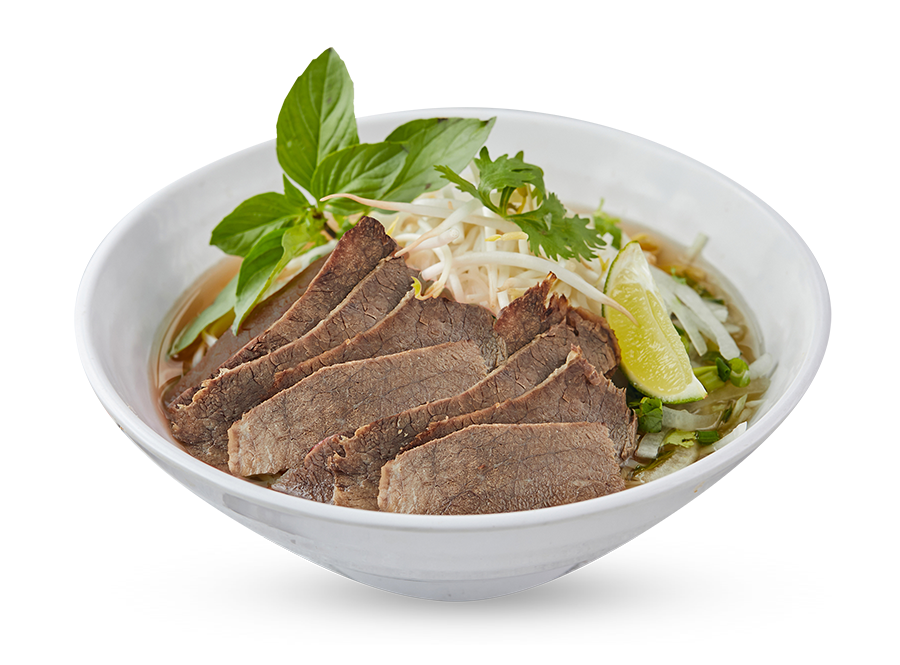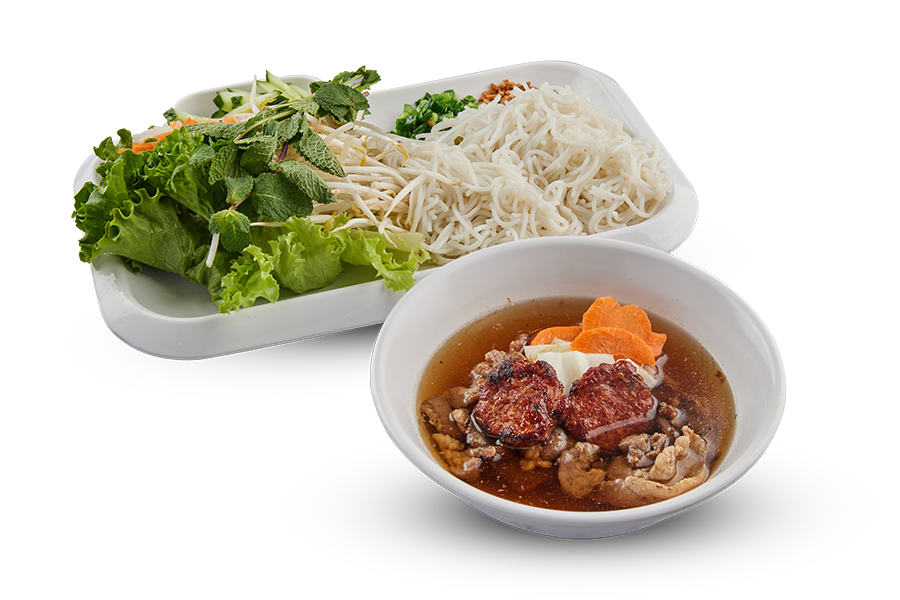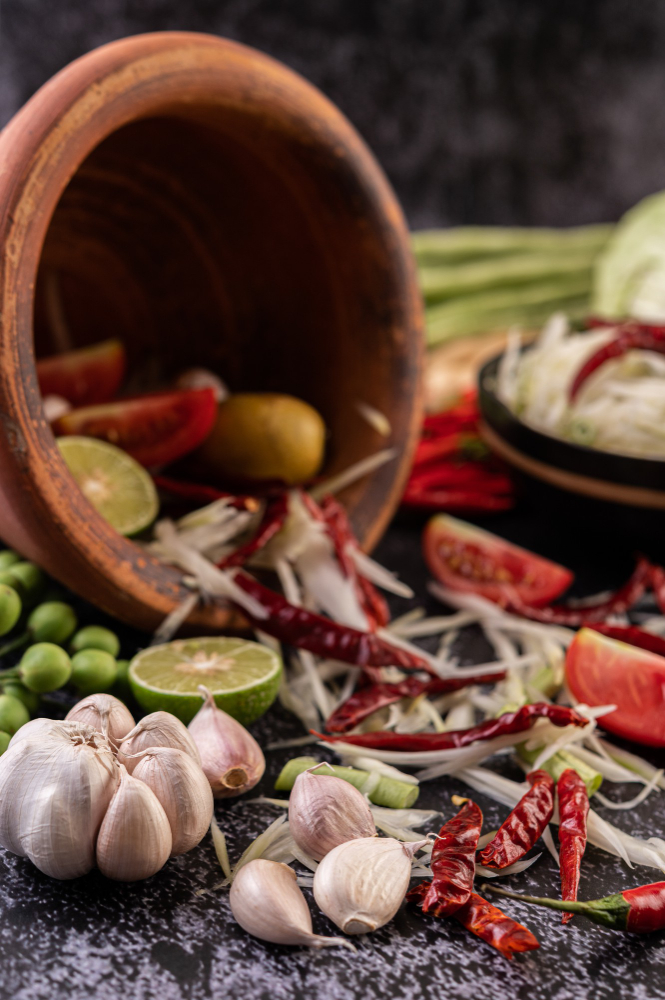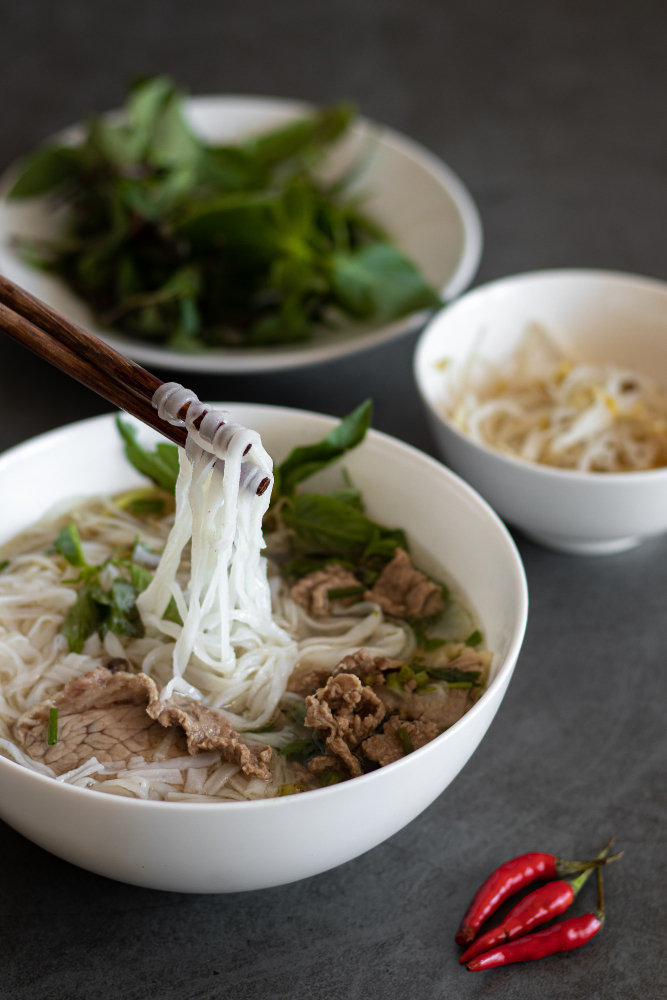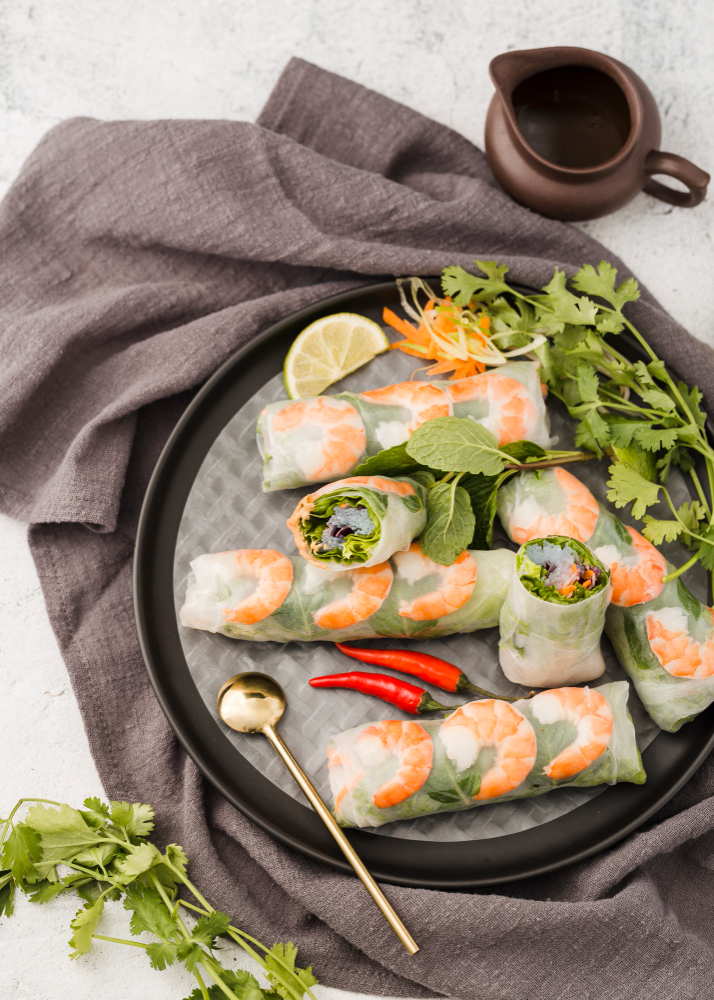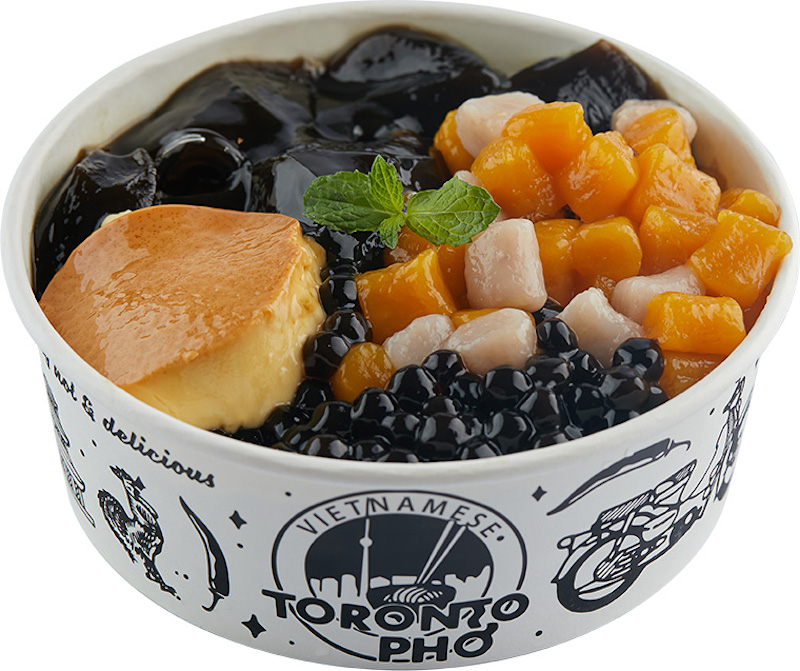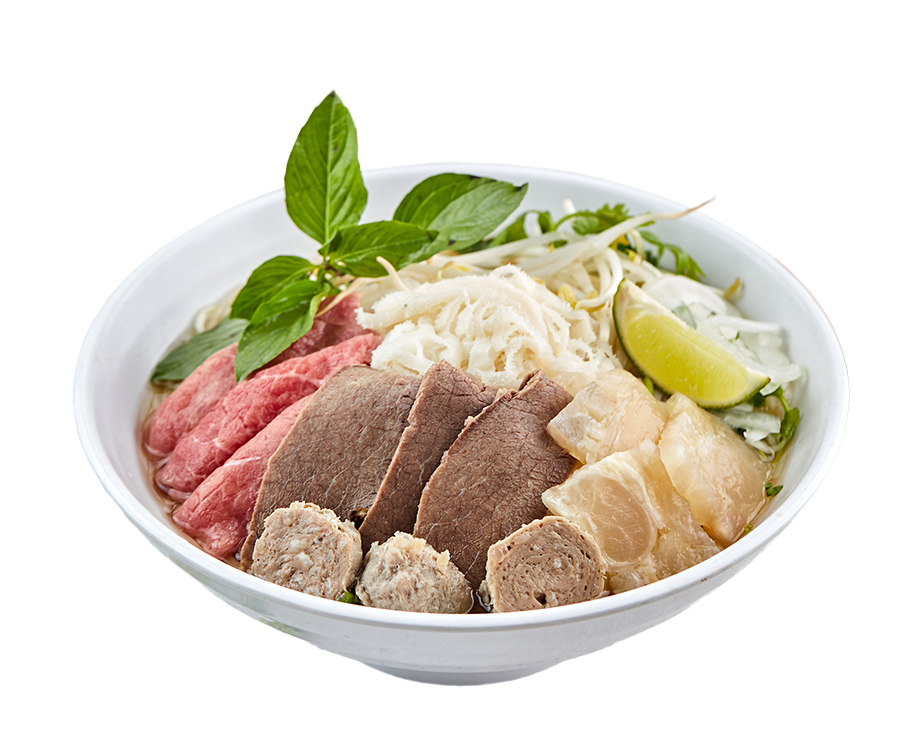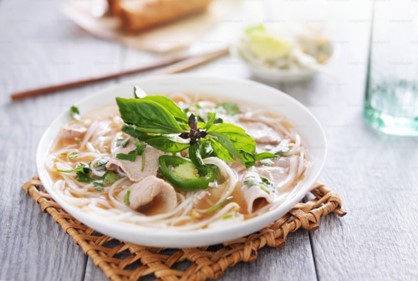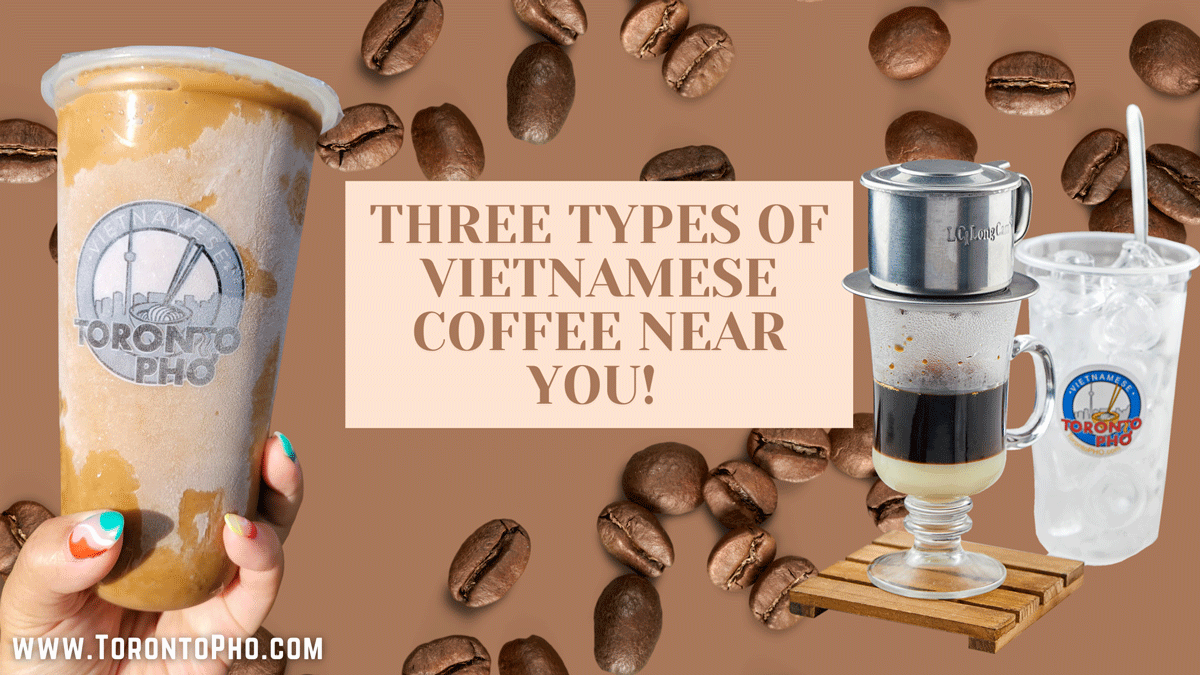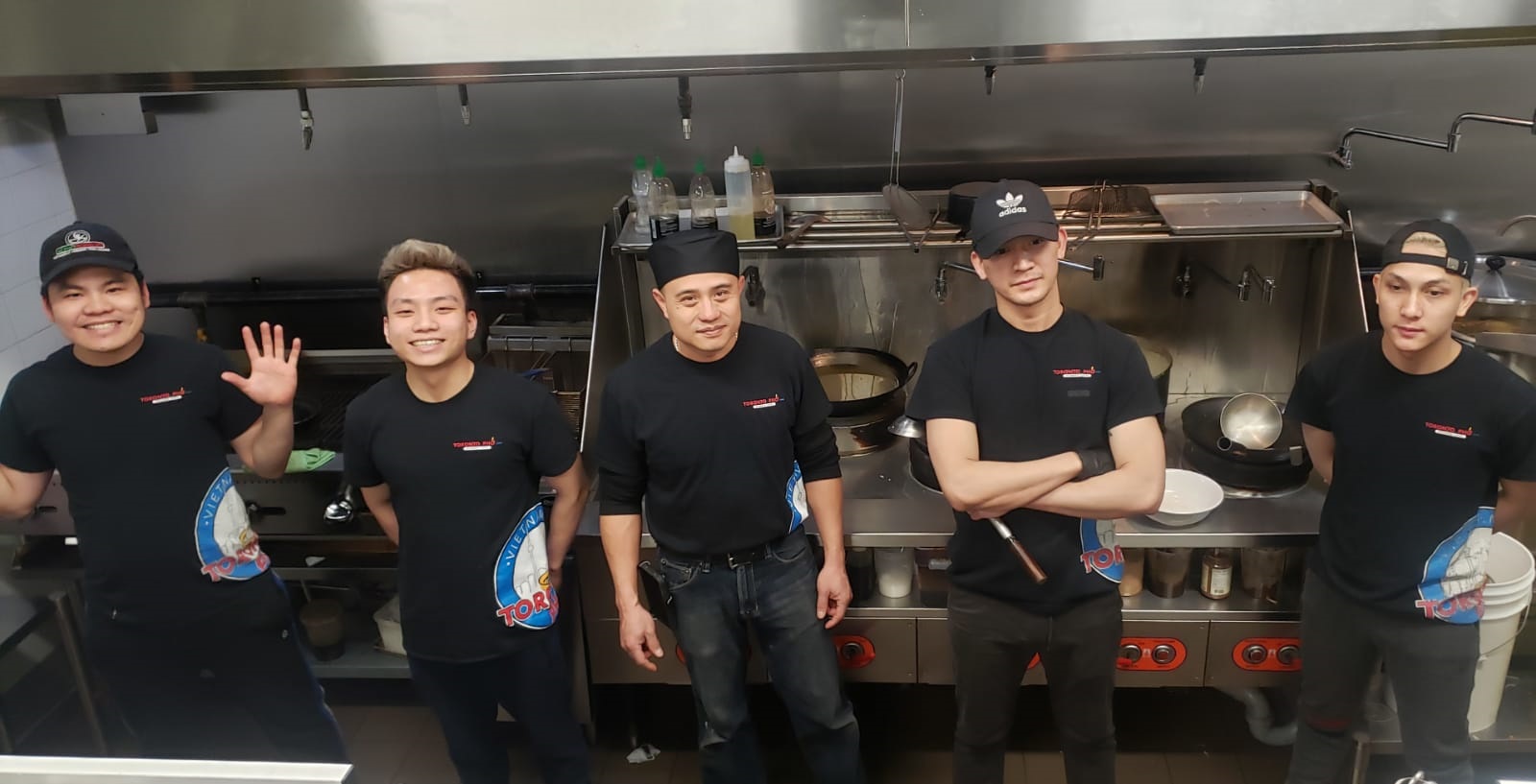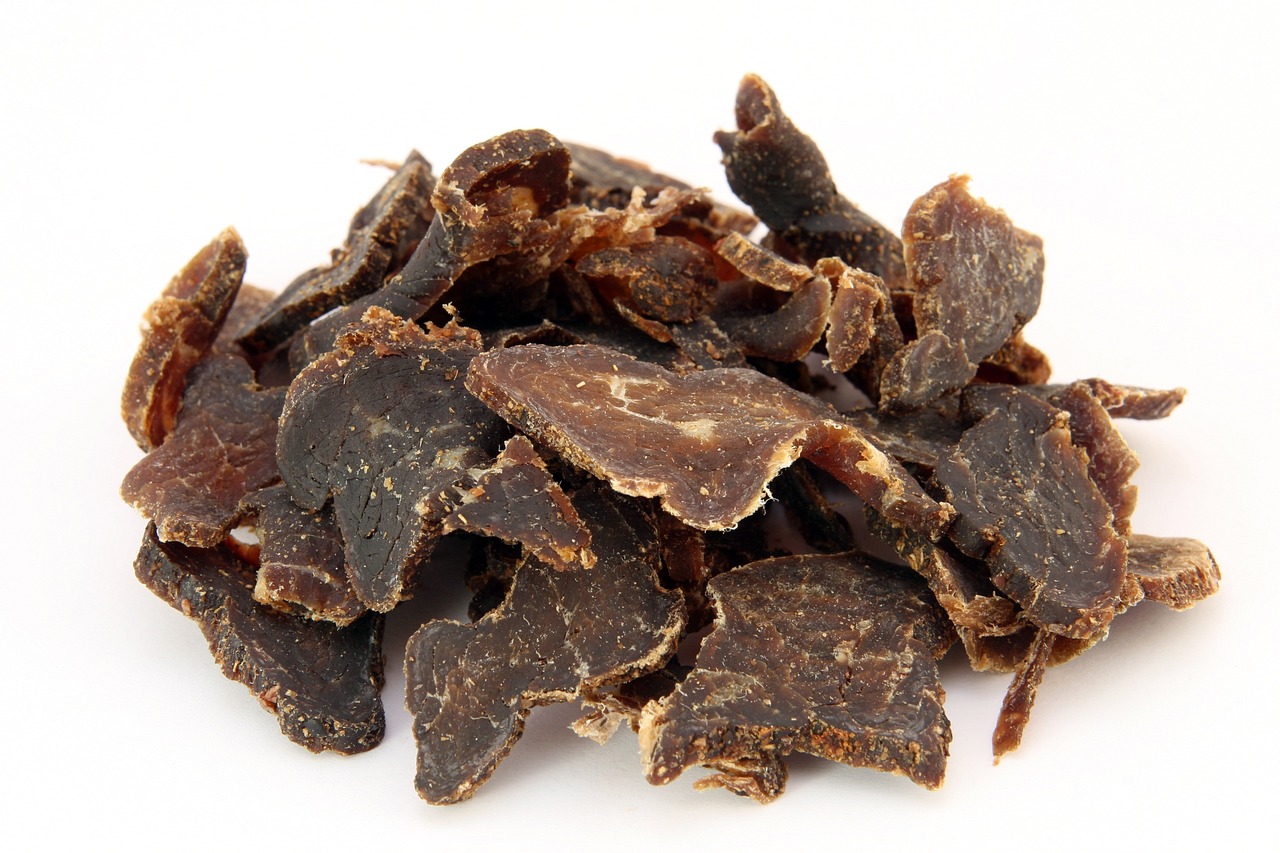
Pemmican is a type of food that was traditionally made by Native Americans and Canadian First Nations. It is a concentrated mixture of fat and protein that can be easily stored and transported. Pemmican is an excellent source of energy and nutrients, and it was often used by Native Americans on long journeys. These days, pemmican is making a comeback as a healthy, sustainable food for modern-day adventurers.
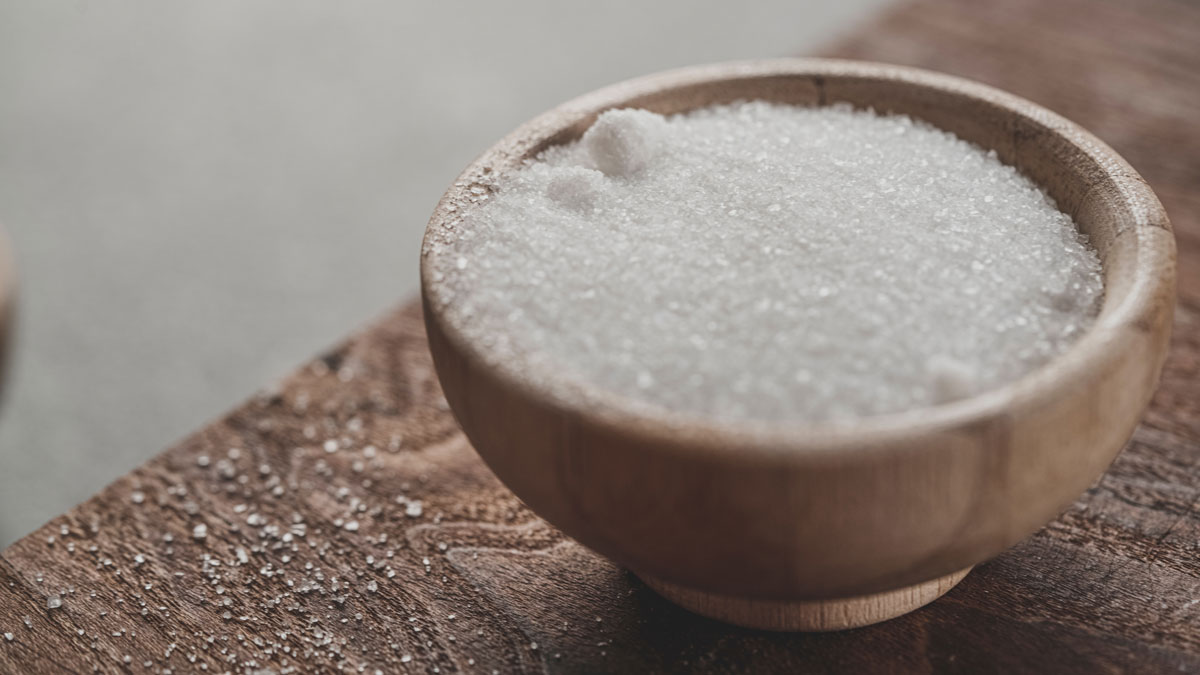
For as long as humans have been eating food, we've been adding salt to it. That might not surprise you, but what might surprise you is just how old the practice of salting food is. In fact, salt has been used to preserve food for thousands of years. Let's take a look at the history of this common ingredient.
The first recorded use of salt for preservation dates back to around 6000 BC in China. At that time, salt was used to cure meats and fish. By 3000 BC, Egyptians were mining salt from the Dead Sea, and were using salt to preserve vegetables like cabbage and turnips. Around the same time, the Sumerians were using a mixture of vinegar and salt to pickle cucumbers. By 1000 BC, the Greeks were using it to flavor their food.
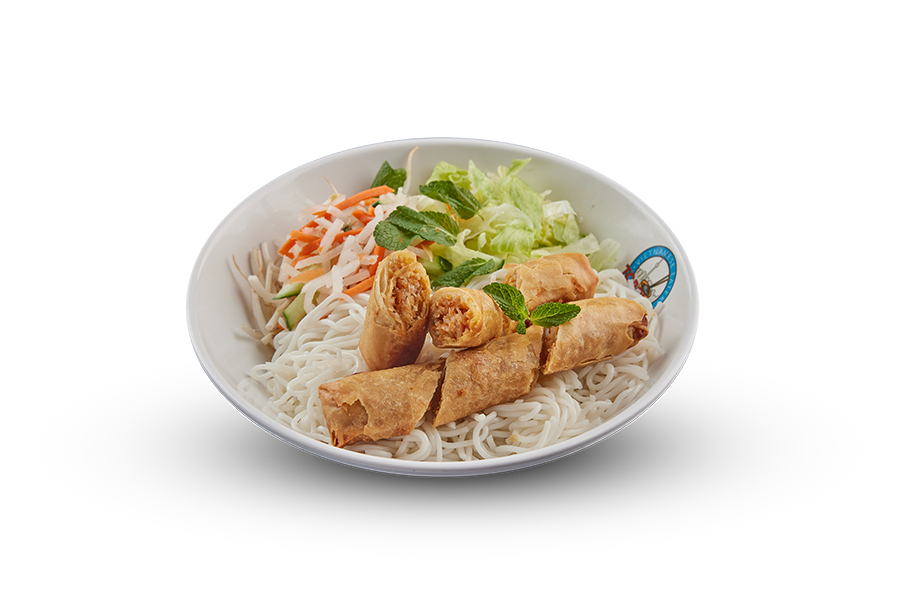
When most people think of vegan and vegetarian food, they probably don't think of Asia. After all, Asian cuisine is often synonymous with dishes that are heavy on meat, seafood, and dairy. But the truth is, there is a long history of vegan and vegetarianism in Asia. In fact, some of the world's most popular vegan and vegetarian dishes come from Asian countries such as Vietnam, Korea, and China. So let's take a closer look at the history of vegan and vegetarianism in Asia and some delicious dishes from these countries.
Read more: A Brief History of Vegan and Vegetarian Food in Asia

From candy to cake to cookies, people love sweet stuff. But why? What is it about the sweetness that appeals to us so much? Let's take a closer look at the science behind why we love sweets.
The first reason has to do with our evolutionary history. For our ancestors, the sweetness was an indicator of ripeness and calories. Fruits that were ripe and full of sugar were more likely to provide the energy our ancestors needed to survive, so they preferred sweet foods. This preference has been passed down through the generations, and today we still crave sweetness because it is associated with calories and energy.
Read more: Why do people like sweet stuff, and where did the term "Sweat tooth "come from?
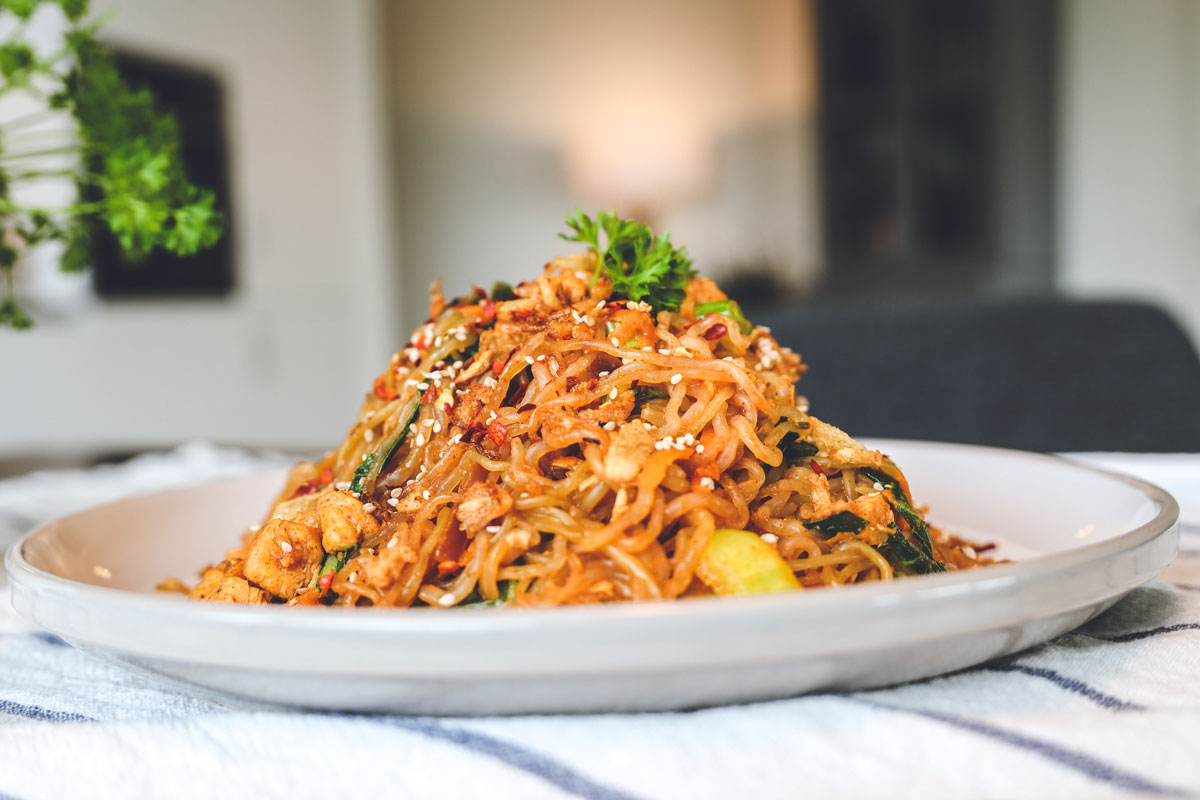
When it comes to Southeast Asian cuisine, there are a lot of similarities between the different countries. After all, they all use similar ingredients and cooking methods. However, there are also some distinct differences. Today, we'll look at the difference between Vietnamese and Thai food.
One of the biggest differences between Vietnamese and Thai food is the use of spices. Thai cuisine is known for being quite spicy, while Vietnamese food is relatively mild. Thai dishes often include ingredients like chilli peppers, while Vietnamese dishes typically use black pepper.
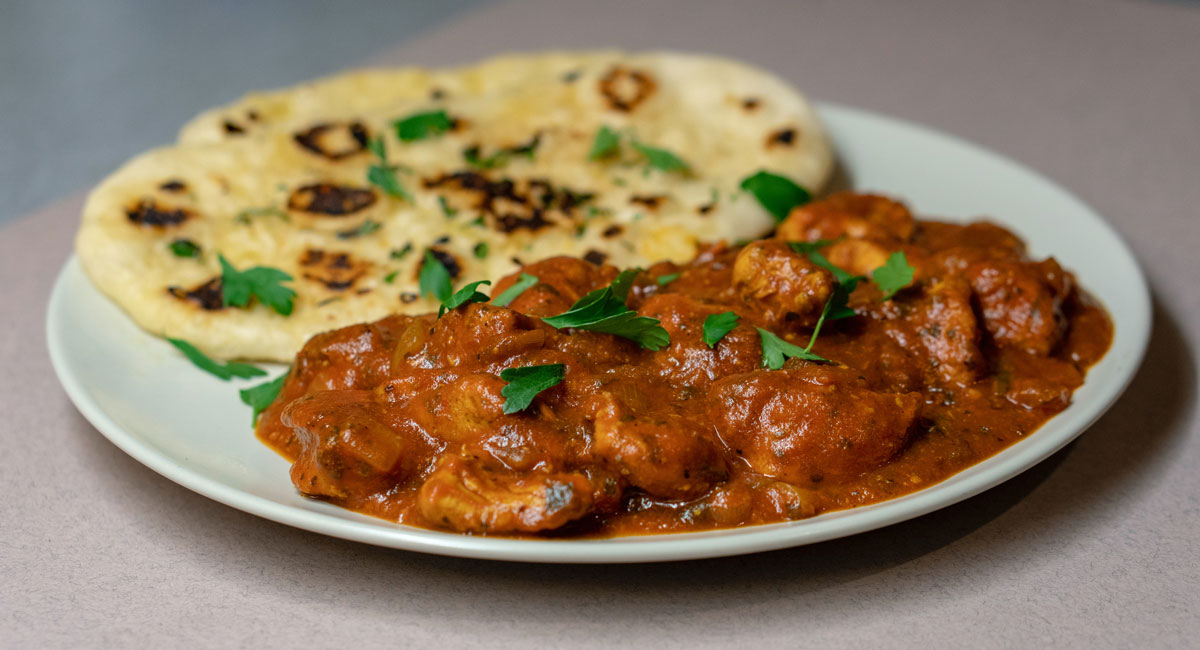
The Difference Between Vietnamese and Indian food
When it comes to flavourful and fragrant dishes, both Vietnamese and Indian cuisine ranks highly. But what exactly are the differences between these two popular types of food? Let's take a closer look.
One of the main differences between Vietnamese and Indian cuisine is the use of spices. Indian food is known for being quite spicy, while Vietnamese dishes tend to be more subtle in flavour.
Indian food is notoriously spicy, while Vietnamese food is typically much milder. This is partly due to the fact that chilli peppers, native to the Americas, were only introduced to India in the 16th century. In Vietnam, on the other hand, chilli peppers have been used in cooking for centuries.
Read more: The Difference Between Vietnamese and Indian food
More Articles ...
Page 13 of 45



